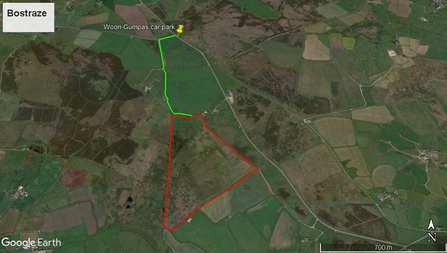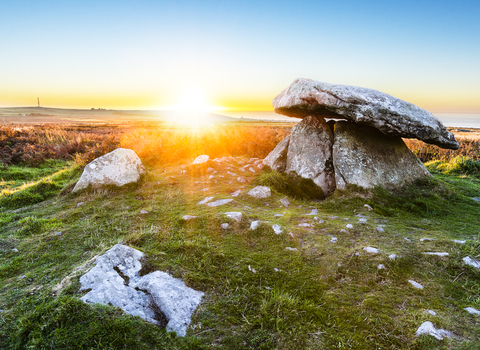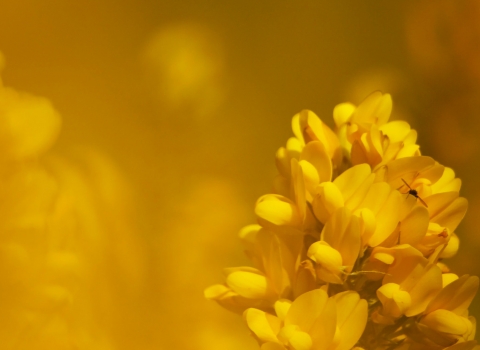
Ben Watkins
Know before you go
Dogs
Dog Walkers – please keep your dog on a lead to minimise disturbance to ground-nesting birds (in the summer), ground-feeding waders (in the winter), grazing animals and adders.
When to visit
Opening times
All year roundBest time to visit
All year roundAbout the reserve
Cuckoos are still a regular visitor to Bostraze. They arrive in the spring (from late April) and leave in June. Cuckoos are well-known brood parasites, the female lays her eggs in the nests of other birds, particularly meadow pipits. There are two carnivorous plants here at Bostraze – round leaved sundew and pale butterwort.
Both capture insects with their sticky leaves in order to obtain vital nutrients. They can be found in the wet, boggy areas, where cattle hoof-prints create bare ground for them to grow in.
The small red damselfly has become rare in West Penwith due to the draining of the wetland habitats. Our management of Bostraze’s wet grassland, mossy pools and the creation of seven ponds has created excellent breeding habitat for this species, which can be now be seen here from July to September.
As with many valley bottoms in Cornwall, there were casserite (tin ore) deposits beneath the peat and gravels. Tin streaming was a method of extracting the ore by washing away surface deposits to expose the casserite.
At the nature reserve’s lowest and most northerly point, the banks and guttrs are all that remain of the tin streaming process.
Contact us

Follow the footpath highlighted in green, which will take you to the reserve's information board. Please stay on the footpaths.



